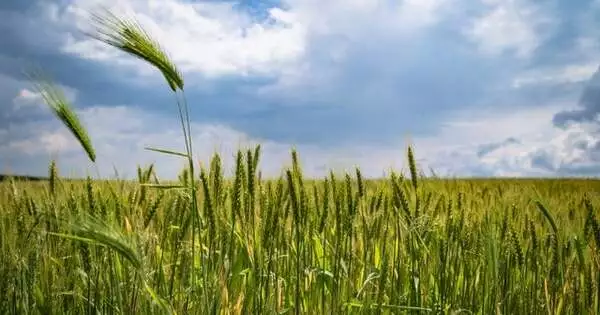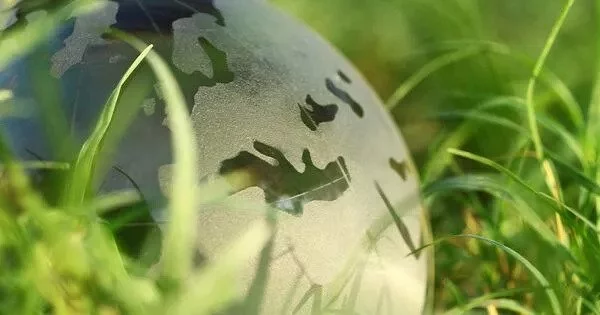For the first time, researchers found that less intensively managed British grazed grasslands have 50% more plant species and better soil health than intensively managed grasslands. The new research could help farmers improve biodiversity and soil health, as well as the amount of carbon in the soil of the British countryside.
Grazed grassland covers a large portion of the British countryside and is essential to farming and rural communities. This land may be perceived as solely for food production, but this study adds to the evidence that it could be critical to increasing biodiversity and soil health.
Researchers from the UK Centre for Ecology and Hydrology (UKCEH) studied 940 grassland plots, comparing randomly selected plots that sampled the range of grassland management across Great Britain, from intensively managed land with a few sown grassland species and high levels of soil phosphorus (indicating ploughing/reseeding, fertilizer and slurry application) to grassland with higher levels of species and lower levels of soil phosphorus. The plots were chosen as part of the UKCEH Countryside Survey, a long-term, nationally representative dataset.
Grassland with various plant species that can grow tall and flower is associated with improved soil health measures and is beneficial to creepy crawlies both below and above ground. The abundance of life in our grasslands can support small mammals and birds of prey, and farmers have reported seeing voles and mice for the first time in their fields.
Dr. Lisa Norton
The study counted the number of plant species in sample areas and analyzed co-located soil samples for numbers of soil invertebrates and carbon, nitrogen, and phosphorus levels. Researchers found that less intensively managed grassland had a greater diversity of plant species and, strikingly, this correlated with better soil health, such as increased nitrogen and carbon levels and increased numbers of soil invertebrates such as springtails and mites.
In the same study, the researchers used the same methods to examine plant diversity and soil from grasslands on 56 mostly beef farms from the Pasture Fed Livestock Association (PFLA), a farmer group that has developed standards to manage and improve soil and pasture health.
The researchers discovered that plots of land from PFLA farms had greater plant diversity, with an additional six plant species on average, including different types of grasses and herbaceous flowering plants, when compared to intensively farmed plots from the Countryside Survey. Furthermore, grassland plants on these farms were frequently taller, which has been shown to benefit butterflies and bees.

Pasture Fed Livestock Association grasslands have not yet shown improved soil health, but the research suggests that this may be due to a time lag between increasing plant species and changes in soil health, particularly on farms that have been intensively managed in the past.
“We’ve shown for the first time on land managed by farmers for production that a higher diversity of plants in grasslands is correlated with better soil health,” says lead author Dr. Lisa Norton, Senior Scientist at UKCEH. This research also indicates that the Pasture Fed Livestock Association members are on the right track to increase biodiversity, though improvements in soil health may take longer.
“Grassland with various plant species that can grow tall and flower is associated with improved soil health measures and is beneficial to creepy crawlies both below and above ground. The abundance of life in our grasslands can support small mammals and birds of prey, and farmers have reported seeing voles and mice for the first time in their fields.”
“My hope for the future is that our grasslands can be managed less intensively – with all the improvements in plant and animal biodiversity and soil health that comes with that – while still remaining productive for farmers,” Dr. Norton adds.














